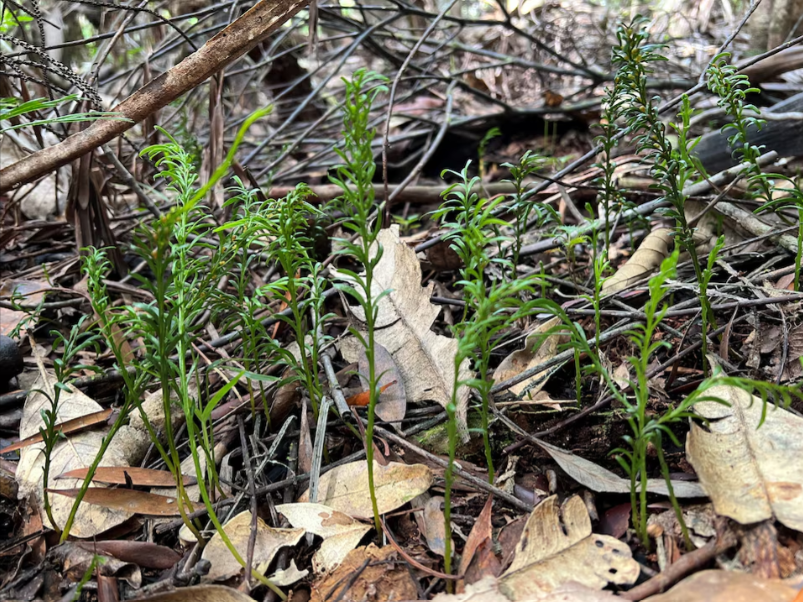
©Jaume Pellicer/Handout via REUTERS
Pre-reading questions:
- What do you think a genome is and why might it be important for an organism?
- What do you understand about the relationship between an organism’s genetic material and its physical environment?
Vocabulary:
- astonishing /uh-STON-i-shing/
- cell /sel/
- stretch /strech/
- fascinating /FAS-uh-ney-ting/
- resource /REE-sawrs/
[adjective] – very surprising or amazing
The sudden transformation of the caterpillar into a beautiful butterfly is truly astonishing.
[noun] – the smallest basic unit of a plant or animal
Scientists study the cells of various plants to better understand their functions and genetic makeup.
[verb] – to extend or pull something to its full length or width
She likes to stretch her arms up high when she wakes up in the morning.
[adjective] – extremely interesting
The documentary about space exploration was truly fascinating, captivating viewers with its breathtaking visuals and intriguing facts.
[noun] – the available supplies or support needed to perform various functions or activities
The company invested in additional resources to improve its customer service.
Article reading:
The study about this fascinating fern was published in a science journal called iScience. It discusses what having such a big genome means for the plant. Having a large genome requires a lot of resources, such as energy and nutrients, for the plant’s cells to copy and fix its DNA. This can affect how the plant grows, reproduces, and deals with stress. Also, because the cells have to be larger to hold all this genetic material, the plant’s growth might be slower. This raises questions about why some plants and animals have large genomes while others do not. Researchers are studying different organisms to find out more about how genome size affects life on Earth.
Comprehension questions
- What did recent research uncover about Tmesipteris oblanceolata?
- How does the size of Tmesipteris oblanceolata’s genome compare to that of Paris japonica?
- What would happen if one stretched out the DNA of Tmesipteris oblanceolata?
- According to scientists, why is the large genome of Tmesipteris oblanceolata puzzling?
- What does the study published in iScience discuss regarding Tmesipteris oblanceolata’s large genome?
Discussion questions
- Have you ever visited a botanical garden or nature reserve where you encountered unique plant species like Tmesipteris oblanceolata? If yes, did you ever wonder about the genetic characteristics of these plants and how they contribute to their growth and survival? If not, would you consider exploring such environments to learn more about biodiversity and scientific discoveries like the one about Tmesipteris oblanceolata’s genome? Why or why not?
- Have you ever wondered why some organisms have larger genomes than others? If yes, what are your thoughts on how genome size might impact an organism’s growth and adaptation? If not, does the idea of studying genome size and its effects on life on Earth spark your curiosity? In what way?
- Do you think studying genome size can help us learn more about life on Earth?
- How do you think the discovery of Tmesipteris oblanceolata’s large genome challenges our understanding of genetic diversity in plants and animals?
- How do you think learning about the size of genomes helps people in areas like farming, medicine, or protecting the environment?